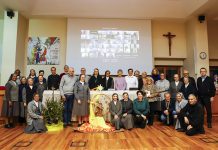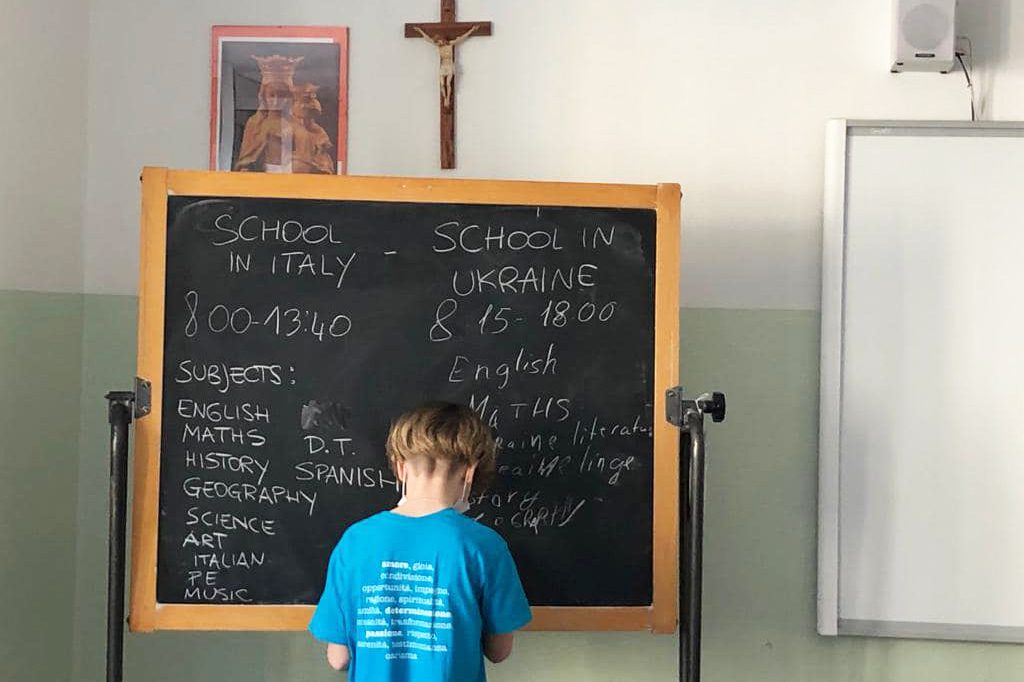Rome (Italy). On 29 March 2022, the Instruction was published of the Congregation for Catholic Education The identity of the Catholic School for a culture of dialogue,
a tool that addresses essential points, challenges, and critical issues regarding the evangelizing mission and the Catholic identity of the Educational Institutions of the Church throughout the world.
In the introduction, it is specified that “this is not a general and, even less so, comprehensive treatise on the subject of Catholic identity, but rather an intentionally concise and practical tool that can help to clarify certain current issues and, above all, prevent conflicts and divisions in the critical area of education.” (no. 7).
The document is divided into three chapters: in the 1st Chapter – Catholic Schools in the mission of the Church – the educational action of the Church, “mother and teacher”, is outlined through the documents of the Magisterium that define the “fundamental principles” of Christian education in the schools and evolutions over time.
In this chapter, the importance of educating to dialogue with diversity, of witness through an educational project clearly inspired by the Gospel, and of knowledge supported by means of a solid permanent formation of Leaders and Teachers, in order to accompany the students in the knowledge of themselves, of their own attitudes and resources, to make life choices with awareness.
Education is described with the eloquent image of the polyphony of movements: team movement, ecological movement, inclusive movement, and peacemaking movement, which generate harmony and peace. There is also talk of a global educational pact, an invitation that “assumes great value for Religious Families with an educative charism that over the centuries have given birth to many educational and formation institutions” and of education in the culture of care that “is born in the family, the natural and fundamental nucleus of society, where one learns to live in relationship and in mutual respect” and extends to educational institutions in a fabric of relationships.
The 2nd chapter analyzes the subjects responsible for the promotion and evaluation of Catholic identity, “who with their work promote and evaluate educational projects, inspired by the Church’s teaching on instruction” and act at various levels. The introduction of the concept of an educating community is significant, “responsible for ensuring respect for the life, dignity, and freedom of pupils and other members of the school, implementing all the necessary procedures for the promotion and protection of minors and the most vulnerable.”
The last chapter is dedicated to some critical points that may arise from the “contrasting perception of the Catholic identity of educational institutions. It often stems from the interpretation, not always correct, of the qualification of ‘Catholic’ and the lack of clarity of competences and legislation.” Finally, some ways of meeting and convergence are suggested to consolidate Catholic identity: Be builders of unity; Be generators of development processes; Be developers of real and lasting solutions.
In presenting this Instruction on the Catholic identity of educational institutions, the Congregation for Catholic Education expresses its intention to offer a contribution to reflection and some guidelines to help share the missionary transformation of the Church, called to proclaim the Gospel “to all, in all places, on all occasions, without delay, without reluctance, and without fear” (Pope Francis, EG 23).
Cardinal Giuseppe Versaldi, Prefect of the Congregation for Catholic Education, explaining the concept of “school for all” to the journalist Salvatore Cernuzio, refers to “a great Saint educator, St. John Bosco” with the phrase, “Education is a thing of the heart.” And he continues, “With this document, we want to form communities in which there will always be attention to people, respect above all for the weakest, and in which circulates the witness of love, that is the main characteristic of the Catholic Church.” (cf Vatican News).
“Evangelize through education and educate through evangelization” is the perspective that guides the Salesian educational work which “aims at developing the whole young person through education and its ultimate goal is salvation in Christ” (cf. Guidelines of the Educational Mission, 46).












